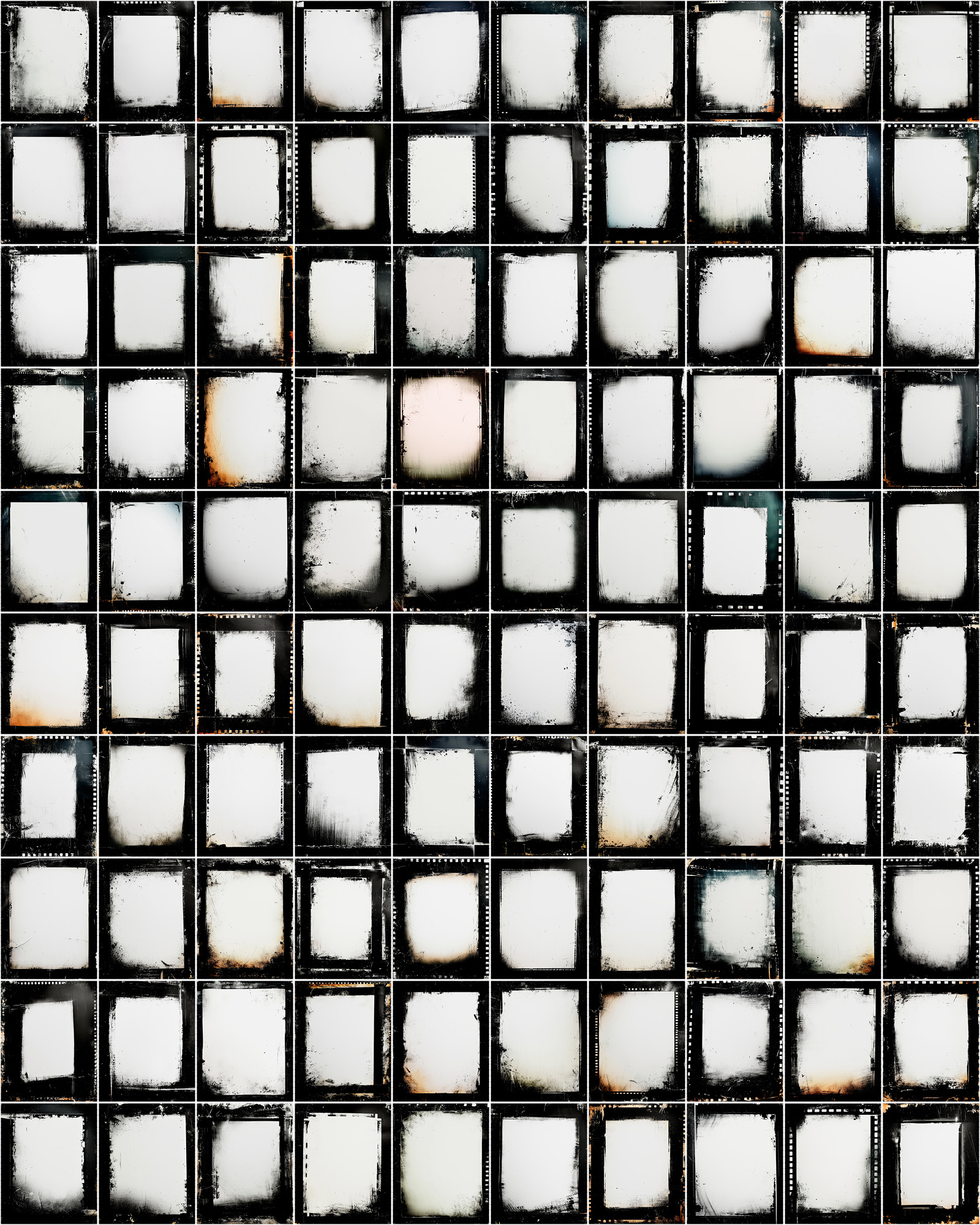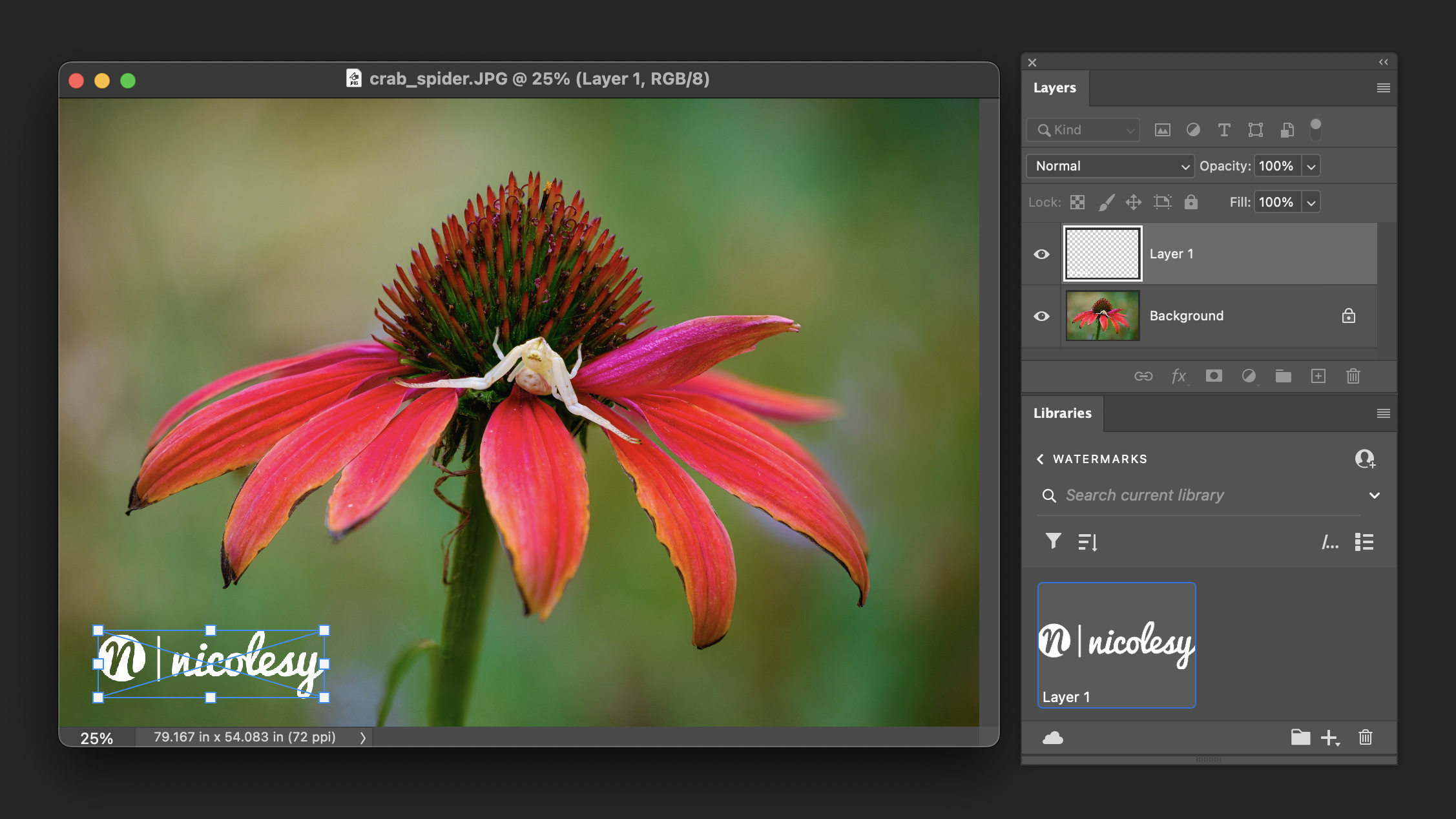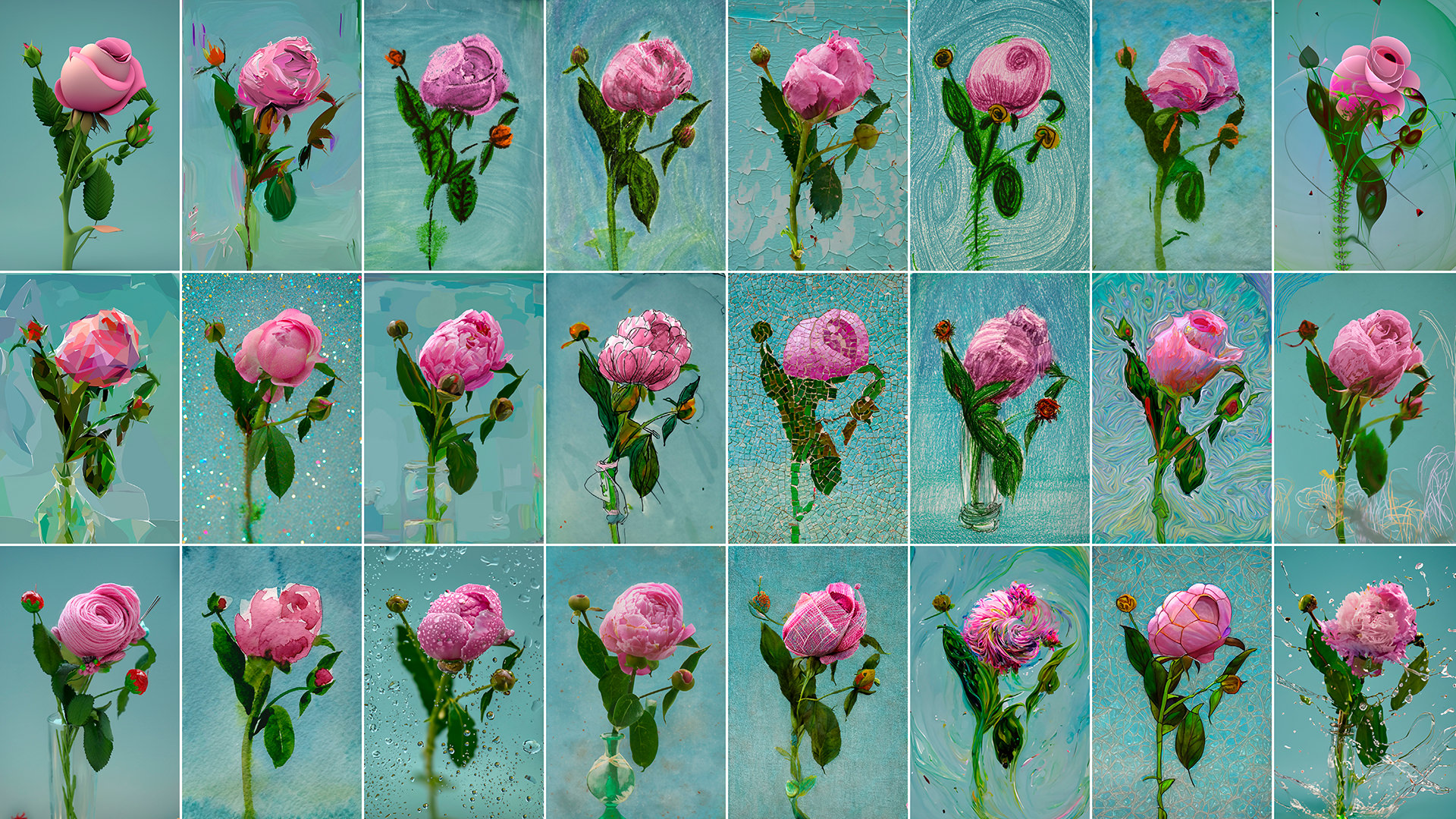I went back and forth on whether or not I should post this (this has been sitting as a draft for more than a few weeks), but I realized it was something that should be said. Hate it or love it, it’s the truth. My goal is not to discourage photographers from pursuing their dreams (if being a full-time microstock photographer is one of them), but rather to just tell the truth from my perspective on the last four+ years I’ve been involved with microstock photography.
My story behind being a microstock photographer is pretty similar to other microstock photographers out there: I had a normal job, found out about microstock, started doing it for fun and then realized I could really make a decent income with it and my life eventually evolved into doing it full-time. For me it was kind-of a surprise—I didn’t go into it thinking I would make a lot of money, I just wanted something to challenge me photographically so I could refine my skills. The couple bucks I was making each month (at first) was just a bonus.
Now that I’ve seen some success and do this as my job I’ve had several people see what I do and then decide that they want to become a full-time stock photographer, too. I don’t blame them … yeah, it’s a job that takes a lot of motivation, skill and work, but it’s also a great lifestyle. I have a lot of freedom, create my own schedule, shoot what I want and work from home. But it’s not something that you can just start doing one month and then start generating lots of money the next. Plus, I had to work “for free” (no profit) for a few years before the income actually started to become lucrative.
Another thing is that I (and other successful stock photographers) put a lot of time, thought and money into my images. I started to see my success grow when I started treating this like a business. I hire models, buy props, scout locations, lease a studio, do research … I pay taxes, insurance, and I’m incorporated. I plan a lot of my work—it’s very rare to get a random “best seller” from a grab-shot. Yeah, it happens but (IMO) you can’t make a living off of it.
I guess that a really big point I’m trying to get across is that if you want to get into this business (and be successful) then you not only have to take it seriously but you really have to know how to create great photos. If you don’t know what type of camera you should buy to do stock (and I’ve had people ask me this question in the past), then you probably have a long ways to go before it will work in your favor. When I started I was nowhere near as good as I am now, but I still had nearly ten years of film photography behind me, along with a good amount of Photoshop, darkroom and color photo-lab experience. My learning curve was mostly just learning the ins-and-outs of digital cameras and the new technology, and also working with lights. No one was around to hold my hand and show me the ropes, I did it all on my own.
Now, the great thing about microstock is that everyone gets a chance … for most of the sites people just need to submit an application with some sample photos, and once it becomes approved they can start uploading images and see what happens. The downside to this means that we see a lot of crap uploaded to these sites. I’m not trying to discourage people from doing this, I’m just trying to point out that it takes more than just a fancy camera and photos of your kids, pets, and random stuff around your house to make it work. Just because you have a great camera doesn’t mean that you’ll be able to quit your job and start making photos for a living. There is so much more to it than that. Some of the most successful new stock photographers are those with a solid commercial photography background … and those people are your competition.
So, in a nutshell if you want to be a successful microstock photographer you should first work at being a really great photographer … and this really can be applied to any genre of photography. There are always going to be techniques and skill-sets unique to each type of photography (even within the microstock field) but understanding the basics (exposure, composition, lighting, working with people/props, editing, etc.) are more important at first than gaining an in-depth knowledge of any one particular field. I fully believe that if you have a deep understanding of how photography works then you can photograph pretty much anything and make it look amazing.
I went back and forth on whether or not I should post this (this has been sitting as a draft for more than a few weeks), but I realized it was something that should be said. Hate it or love it, it’s the truth. My goal is not to discourage photographers from pursuing their dreams (if being a full-time microstock photographer is one of them), but rather to just tell the truth from my perspective on the last four+ years I’ve been involved with microstock photography.
My story behind being a microstock photographer is pretty similar to other microstock photographers out there: I had a normal job, found out about microstock, started doing it for fun and then realized I could really make a decent income with it and my life eventually evolved into doing it full-time. For me it was kind-of a surprise—I didn’t go into it thinking I would make a lot of money, I just wanted something to challenge me photographically so I could refine my skills. The couple bucks I was making each month (at first) was just a bonus.
Now that I’ve seen some success and do this as my job I’ve had several people see what I do and then decide that they want to become a full-time stock photographer, too. I don’t blame them … yeah, it’s a job that takes a lot of motivation, skill and work, but it’s also a great lifestyle. I have a lot of freedom, create my own schedule, shoot what I want and work from home. But it’s not something that you can just start doing one month and then start generating lots of money the next. Plus, I had to work “for free” (no profit) for a few years before the income actually started to become lucrative.
Another thing is that I (and other successful stock photographers) put a lot of time, thought and money into my images. I started to see my success grow when I started treating this like a business. I hire models, buy props, scout locations, lease a studio, do research … I pay taxes, insurance, and I’m incorporated. I plan a lot of my work—it’s very rare to get a random “best seller” from a grab-shot. Yeah, it happens but (IMO) you can’t make a living off of it.
I guess that a really big point I’m trying to get across is that if you want to get into this business (and be successful) then you not only have to take it seriously but you really have to know how to create great photos. If you don’t know what type of camera you should buy to do stock (and I’ve had people ask me this question in the past), then you probably have a long ways to go before it will work in your favor. When I started I was nowhere near as good as I am now, but I still had nearly ten years of film photography behind me, along with a good amount of Photoshop, darkroom and color photo-lab experience. My learning curve was mostly just learning the ins-and-outs of digital cameras and the new technology, and also working with lights. No one was around to hold my hand and show me the ropes, I did it all on my own.
Now, the great thing about microstock is that everyone gets a chance … for most of the sites people just need to submit an application with some sample photos, and once it becomes approved they can start uploading images and see what happens. The downside to this means that we see a lot of crap uploaded to these sites. I’m not trying to discourage people from doing this, I’m just trying to point out that it takes more than just a fancy camera and photos of your kids, pets, and random stuff around your house to make it work. Just because you have a great camera doesn’t mean that you’ll be able to quit your job and start making photos for a living. There is so much more to it than that. Some of the most successful new stock photographers are those with a solid commercial photography background … and those people are your competition.
So, in a nutshell if you want to be a successful microstock photographer you should first work at being a really great photographer … and this really can be applied to any genre of photography. There are always going to be techniques and skill-sets unique to each type of photography (even within the microstock field) but understanding the basics (exposure, composition, lighting, working with people/props, editing, etc.) are more important at first than gaining an in-depth knowledge of any one particular field. I fully believe that if you have a deep understanding of how photography works then you can photograph pretty much anything and make it look amazing.

Nicole is a photographer, published author, and educator specializing in Lightroom, Photoshop, and photography. She is best known for her books on food photography but is widely versed in various photographic genres, including landscape, nature, stock, travel, and experimental imagery.













Not controversial at all… Honest is a better description.
Great post!
It is quite refreshing to hear the REAL story sometimes. Reading books and listening to podcasts gives you the idea that it is quite simple to make money in Photogrpahy. They seem to focus on the BRIGHT side of photography without reminding you that it takes lots of skill sets to make it in this business. More than others it seems. Choices are wide for the consumer and competition is fierce for the photographer. I for one appreciate the article.
Great article Nicole, I’ve finally reached the point im showing a propfit, The skills learned through the inspection process is better than any photograph school can provide (IMO). Like your other articles iv’e read you nailed it!
This is such a great post! As someone who decided to enter the world of microstock six months ago, and who realizes that I have AT LEAST two or three years before I start seeing anything near decent money, and who is excited and patient enough to learn the art photography and just take great photos, your article encourages me further! So many people in the business focus on the decline of microstock and its oversaturation, but I believe that with the right mix of talent, hard work, patience, determination, and artistry, there’s still money (and fulfillment) to be had. Thanks for this!
Great thoughts Nicole. I agree, anyone can take pictures and be somewhat successful, but to truly make any money, you have to really dedicate yourself, work hard and have some talent—to make any real money. To be really successful, one has to trailblaze their own style and not look to others for inspiration. Hard work, trial and error and perserverance are the keys.
I’ve only been uploading now for eighteen months. I tell my friends I make a few cents an hour, but hopefully it will pay off in the next few years. I love the community and the constant learning. Thanks for your honesty. While I don’t ever think this will be my full-time income, I’m up for the challenge of improving my skills.
Truer words were never written Nicole. I think I was lucky and got in so early into the microstock game that I did well in spite of my inexperience. I had the luxury of being able to learn the technical as I went along (with the help of some very talented iStock photographers) .The game has certainly changed since then!
At Gary said, I don’t see anything controversial here at all. It is a nice, clear statement of what the business is like.
I am a relative newbie, only uploading for the past year. I make enough to show the tax-man and write off my photography equipment, but that is about it at this point.
I made 52 how-to videos in the 90’s, and Amazon still direct deposits about $1,000 a month into my account each month from those sales — even though it is now 12 years since my last production.
That is the “long tail” that I hope to develop with stock. I expect it will take me a few years to build up anywhere near enough good shots, but I would love that tail to take me into retirement.:)
What !??! You need to work hard at something to be a success. I want my entrance fee refunded.
I all seriousness though I appreciate the honest approach. As a “complete” newcomer, accepted this month thanks to you and Rich, I am struggling to grasp the concept of the business model and figure out how my actions today with affect the long-term.
Again thanks for a honest, thoughtful post there are too many out there that make it sound like everything is easy money. Then on the flip side there are the posts that claim that the whole industry is a house of cards. While the competition is fierce I think that with practice and hard-work always pays off in the long-term.
Great post Nicole i agree honest is a better work. It has taken me a long time to get to where i am and i am not even close to what you do. I have found that more thought and better preparation shows in my work and in downloads.
Nicole, thank you for your article and your candor.
Excellent post! It’s not easy being a microstock photographer – but it can be fulfilling. I’m recently retired from my marketing job and now doing microstock full-time. Love the freedom to experiment and work at my own pace.
I found your article very true and balanced. Very few articles talk in a balanced perspective and I think you did just that. Not negative or ripping about how hard things are, and not glowing about the millions youbmake and how easy it all is. Thank you.
:) @ “Soooo, uh… what’s the best camera for microstock photography
That’s pretty funny. :) Good article. Love your changing shirt colors tip, btw. CameraRentals posted it on facebook
Love the article !!! Keep posts of this kind coming ! It is nice to hear from someone who is doing it and doing it well.
Thanks again Nicole !
Thank you for all of the information! I found you through your book on the Canon 60D last night, and made my way here. Earlier today I spent time going through the iStockphoto Training Manual, an interesting and excellent publication that really goes into the craft of how to produce photos that are worth seeing.
Thanks!
Graham
Thanks for a great post. I always seem to find myself getting into things too late. Everyone seems to talk about the good old days. I think you know its too late to get in on something when people start writing books on the subject. Its true that there will be a lot of people who will upload a few pictures and then drop out when it doesn’t make any money. Hopefully there will be enough for us who want to work hard at it.
Thanks for this post, I really enjoyed it!
Shooting photography is an art in itself, shooting stock photos to be used by marketing people around the world is a completely different art form.